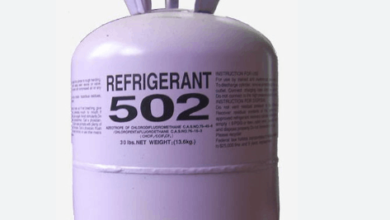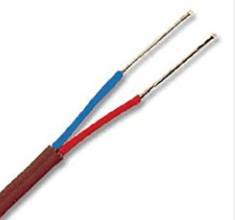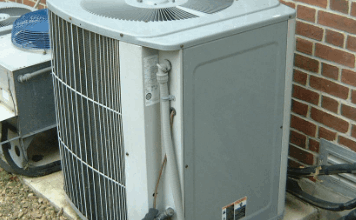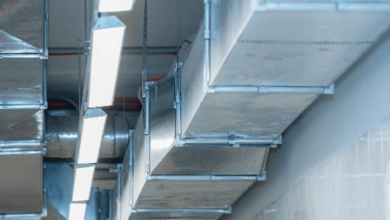Stainless Steel Heat Exchanger – Advantages and Types
Different kinds of materials are used in heat exchanger manufacturing. There are different kinds of advantages of these materials according to their applications. Here, we will take a look at the general properties and types of stainless steel heat exchanger applications.
Advantages of Stainless Steel Heat Exchanger
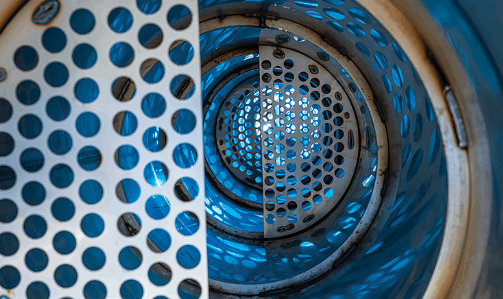
The use of these applications is very common in different industries. Because there are different kinds of advantages of stainless steel material over others.
- The most important advantage of stainless steel in heat exchanger applications, they are more corrosion-resistant. We can increase the corrosion resistance with the increasing amount of other alloys. Also controlling the alloys, we can obtain other physical characteristics in heat exchanger applications.
- Limestone and residue deposition is another important problem that occurs in heat exchanger applications. The use of stainless steel material makes the limestone and residue deposition minimum. Because of this, their use them are much higher in applications where the liquid is rich in minerals.
- Durability is also another important characteristic of stainless steel heat exchangers. Stainless steel has very good physical and mechanical characteristics that withstand high pressure and flow pressures.
- Creating complex tubing structures with this material is much easier than the other materials in general.
Types of Stainless Steel Heat Exchanger Systems
There are also different applications that are used in these applications.
- 316 stainless steel: This is the first and the most common stainless steel material that they use in heat exchanger applications. They provide the most corrosion-resistant nature which makes them very good for these applications. You can find that most of the sellers are selling systems from this material.
- 304 stainless steel: This is another type of stainless steel material that we use in heat exchanger applications. If we think in terms of corrosion resistance, they are lower than the 316 stainless steel. But they are higher than the copper heat exchangers. You can consider them for the fluids that have moderate calcification.
Last Words
These are the general points that we can talk about the stainless steel heat exchanger systems. If you have additional comments and questions about them, please leave them below!
Also, you can find informative articles about HVAC on Fmechanic.com!
